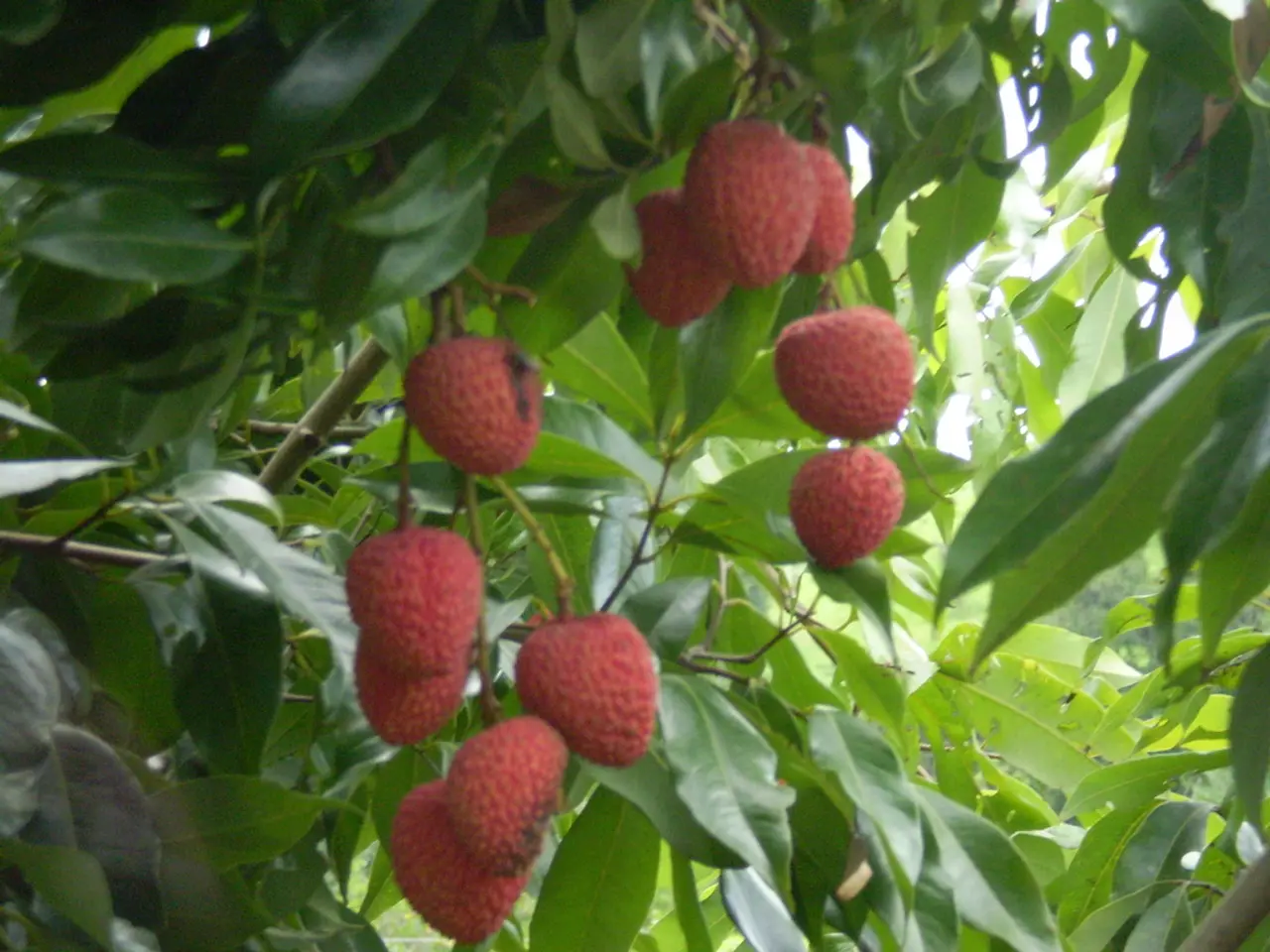Lingonberries: Tiny, Tangy Superfruits Packing Big Health Benefits
The humble lingonberry, a small, tangy fruit native to cool climates, is making waves in the culinary and health worlds. This evergreen shrub, a member of the Vaccinium genus, is traditionally used in Norway to make 'troll cream', a delightful dessert. But its benefits extend far beyond the kitchen, with potential health perks ranging from boosting immunity to regulating blood sugar.
Lingonberries, also known as cowberries, grow low to the ground and bloom from May to June, attracting bees for pollination. They thrive in moist, well-draining soil with a pH of 4.5-5.5, preferring sandy to loamy conditions. Despite their specific habitat preferences and expensive cultivation process, they are primarily found in the wild in northern regions including Scandinavia, Russia, Canada, and the northern US.
In terms of health, lingonberries are packed with antioxidants, anthocyanins, flavonoids, and vitamin C. They are known to boost immune function, lower cholesterol, and regulate blood sugar levels. While they are rarely cultivated due to their specific habitat preferences, they can be found fresh, dried, frozen, juiced, or processed into jams, relishes, and even catsup.
From traditional Norwegian desserts to potential health benefits, the lingonberry is a versatile and valuable fruit. Despite their specific growing conditions, these tangy berries are worth seeking out for their unique taste and potential health perks.








